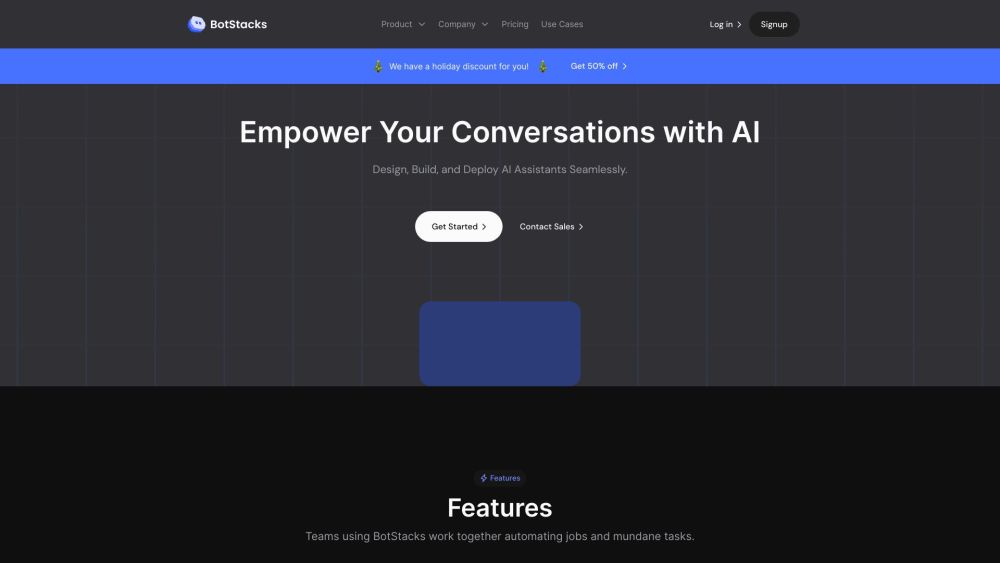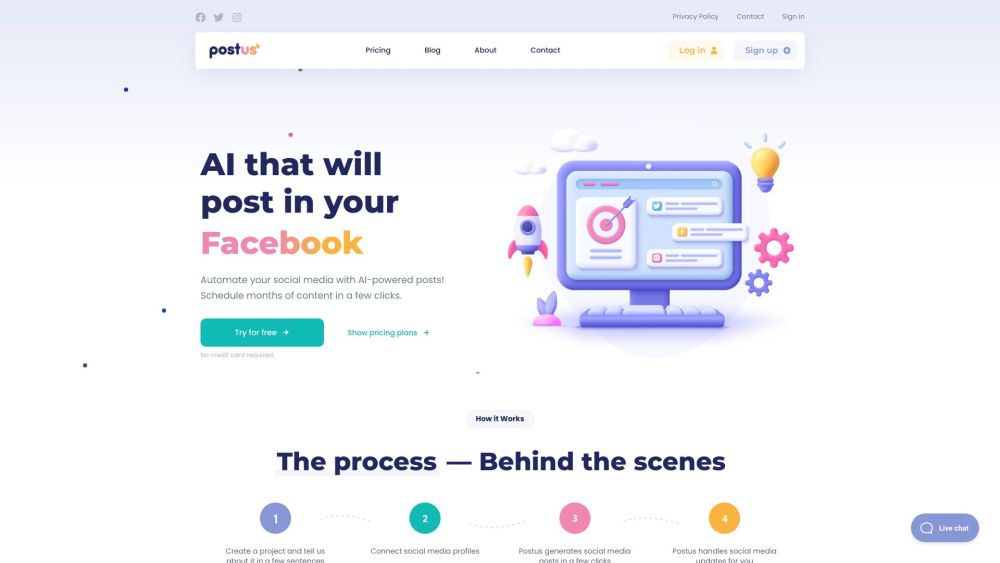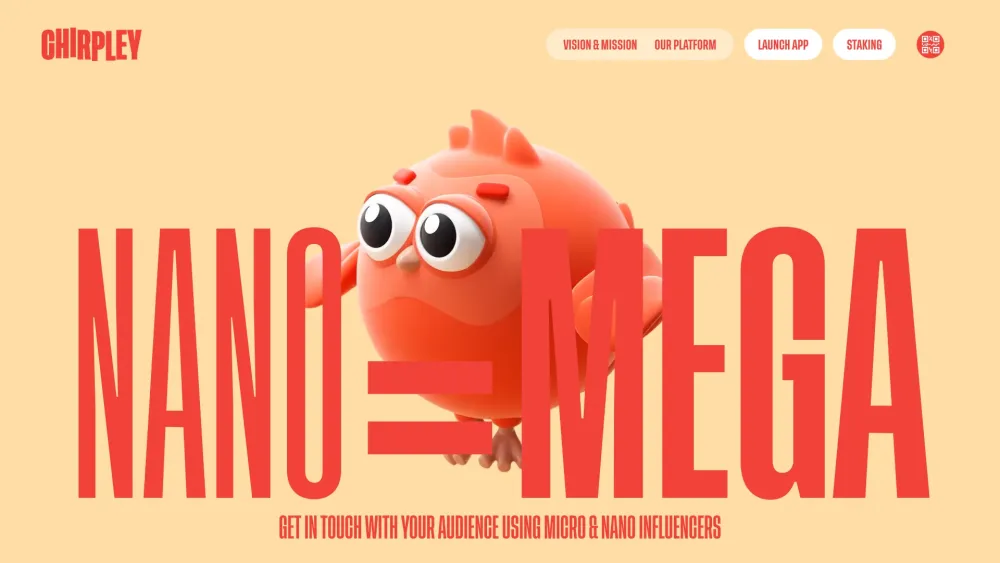Accelerating Generative AI Use Cases in Enterprises
Generative AI is rapidly transitioning from pilot programs to full-scale production, achieving measurable and reliable results across various enterprises.
CIOs and IT leaders are leveraging Generative AI for a range of applications, from anomaly detection in security logs to enhancing developer productivity through code migration automation. This expansive potential is being harnessed to drive significant productivity gains.
Panel Discussion Highlights from Nvidia’s 2024 GTC Event
During the panel discussion, "Driving Enterprise Transformation: CIO Insights on Harnessing Generative AI’s Potential," held at Nvidia’s 2024 GTC Event, CIOs from Nvidia, SentinelOne, and ServiceNow shared insights into their experiences. Moderated by Rama Akkiraju, vice president of enterprise AI and automation at Nvidia, the panel included industry leaders like Sabry Tozin (LinkedIn), Sonu Nayyar (Nvidia), Sandy Venugopal (SentinelOne), and Chris Bedi (ServiceNow).
The Importance of Measurable Outcomes
The panel emphasized that Generative AI must deliver quantifiable results and streamline operations to transition successfully from pilot to production. Tozin highlighted how Generative AI enhances engineer productivity by automating repetitive tasks, enabling developers to focus on innovative projects that add value to the enterprise.
Bedi discussed how ServiceNow is implementing domain-specific language models to reduce back-office workload by 14% within five months. “Ninety-nine percent of the time, employees receive a Generative AI response, resulting in significant operational efficiencies,” he stated. He also calculated an annualized benefit of $10 million attributed to Generative AI within just 120 days, roughly equating to the productivity of 50 people.
CIOs focus not only on measurable outcomes but also on the return on investment (ROI) for Generative AI initiatives. Each panelist stressed the necessity of addressing change management challenges, making result measurement paramount.
Generative AI’s Evolving Role in Product Development
Nvidia and SentinelOne discussed Generative AI's expanding role in product development. Nayyar noted that Nvidia has made significant strides in implementing Generative AI across various projects, including ChipNeMo for developer productivity and additional tools to support code development.
Venugopal outlined how SentinelOne is leveraging Generative AI within its cybersecurity strategies, emphasizing investments in anomaly detection to enhance operational responses in their security operations center (SOC).
Advice for Organizations Embarking on Generative AI
The panelists collectively recognized the importance of confronting organizational and technical challenges early in the AI adoption process. Nayyar stressed fostering a culture that promotes experimentation and innovation. Key advice from the panel included:
- View Generative AI as a Learning Tool: Tozin encouraged organizations to treat Generative AI as a platform for skill enhancement and knowledge improvement, not just a task execution engine.
- Cultivate Curiosity About Generative AI: Venugopal advised leaders to remain consistently curious about the advancements in Generative AI, which can help alleviate apprehension and promote team engagement.
- Prioritize Early Use Cases: Bedi recommended identifying and experimenting with specific use cases early on to understand how Generative AI fits within organizational needs, thus facilitating smoother transitions from pilot to production.
By following these insights, organizations can effectively harness the potential of Generative AI to drive productivity and innovation.




